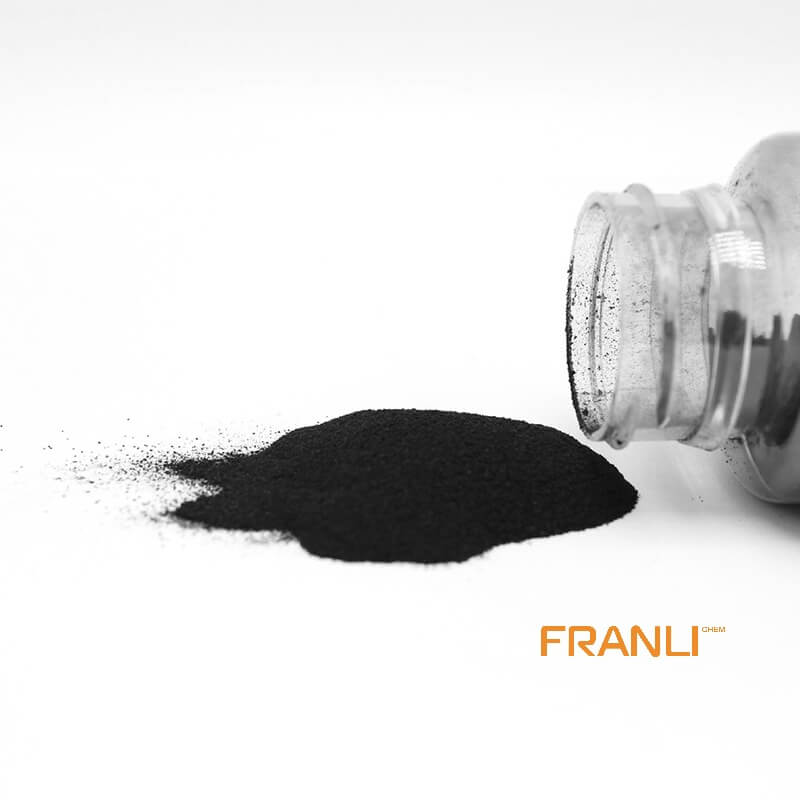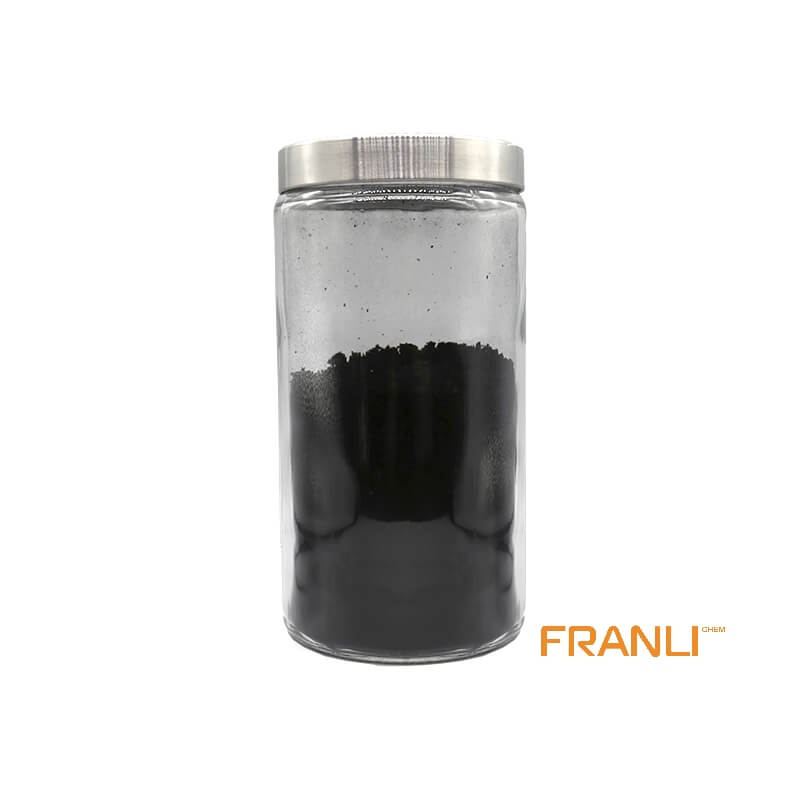

Graphene
Size
1-2nm thick x 0.5-5microns wide
Package
According to customer requirements
Features
High strength, high electrical conductivity, etc.
Application
Can be used as filler(between 0.01% and 5%).
Graphene, as the thinnest, toughest and best conductive nano material found at present. It is a two-dimensional crystal composed of carbon atoms stripped from graphite material with only one layer of atom thickness. Known as “black gold”, it is “the king of new materials”. Scientists even predicted that graphene “will completely change the 21st century”.
Request a quoteGraphene is the lightest, thinnest and hardest two-dimensional new material. 100,000 pieces of single-layer graphene are only as thick as a hair; its hardness is 3 times that of diamonds and 100 times that of steel. The carbon atoms of graphene sheets are formed by sp2 hybridization. This structure makes graphene have peculiar properties in many aspects such as electricity, heat and optics, polymer materials, etc. Franli found that it can be used as an ultra-thin and ultra-light fan material , super-tough body armor materials, space cable materials, nano sensor materials, especially the special composite fiber of stone black has special functions such as antibacterial, heat resistance, cutting resistance, anti-ultraviolet radiation, far-infrared heating and cooling conduction, and can be widely used in clothing , knitting, home textiles and industrial fabrics and other products.

Graphene has antibacterial properties
Graphene materials have strong antibacterial properties, which are mainly mixed and synergistically produced through the following mechanisms.
① Physical cutting
After the bacteria are in direct contact with the graphene material, the sharp physical edge of the graphene is like a “knife” in the microscopic world, directly cutting the surface of the bacterial virus, piercing the bacterial cell membrane, allowing the bacterial content to flow out, thereby “killing” the bacteria.
② Physical capture
The graphene material “eats” the bacteria by wrapping them, and isolates the bacteria from the surrounding medium, thereby blocking the proliferation of bacteria and playing a bacteriostatic effect.
③ Destruction of cell structure
In the process of contact with bacteria, the surface defects and sharp edge structure of graphene will induce bacteria to produce active oxygen components, which will lead to the disorder of normal physiological metabolism of bacteria and eventually death;
At the same time, the graphene material has a large specific surface area and hydrophobicity, and can adsorb and bind phospholipid molecules on the surface of bacteria and viruses by contact or insertion, thereby destroying the cell membrane structure and causing the death of bacteria and viruses.

Graphene has far infrared heating function
Graphene is a two-dimensional carbon nano-material composed of carbon atoms with sp hybridized orbitals to form a hexagonal honeycomb lattice. It has the following advantages when used in clothing fabrics.
Graphene material is stripped from graphite. It is the material with the highest thermal conductivity so far. It has very good thermal conductivity. When the current passes, graphene can emit far-infrared rays, which can be absorbed by the human body and resonate. , making people feel the warmth from the inside out.
Graphene materials are made into thermal fabrics and heat-generating functional fabrics and worn on the body. Compared with traditional heating materials, ordinary heating materials make the human body feel warm because of its own heating, while graphene is made of Far-infrared and human body resonate to realize thermal energy circulation, allowing the human body to heat itself, resulting in longer-lasting warmth, more comfortable wearing experience, and healthier use of materials.
Graphene fabric with strong toughness and antistatic advantages
Graphene is made of carbon atoms arranged in a stable lattice structure in such a way that the connections between them are very flexible.
When an external mechanical force is applied, the surface of the carbon atoms bends and deforms, so that the carbon atoms do not have to rearrange to adapt to the external force, and the structure remains stable.
You can imagine that graphene is an elastic trampoline, which is very tough. When a heavy object hits the surface of the trampoline, the trampoline will only bend on the surface, and then return to its original shape without deformation.
It is this stable structure that makes graphene extremely tough, and the stretching range can reach 20% of its own size. The fabric made of it also has the characteristics of strong toughness, which is very suitable for making close-fitting clothing.
At the same time, graphene has a very small resistivity and excellent electrical conductivity. If it is made into clothes and worn on the body, it can effectively avoid static electricity.
As a basic material, graphene can be organically combined with various other materials in various forms, and there will be infinite possibilities. There is still some work to be done before the material is widely adopted. Several production issues need to be resolved before more advanced sectors choose to implement it. One of the current challenges in mass production revolves around chemical vapor deposition. A certain research process is needed to realize conditions such as convenience and environmental protection in the future.



